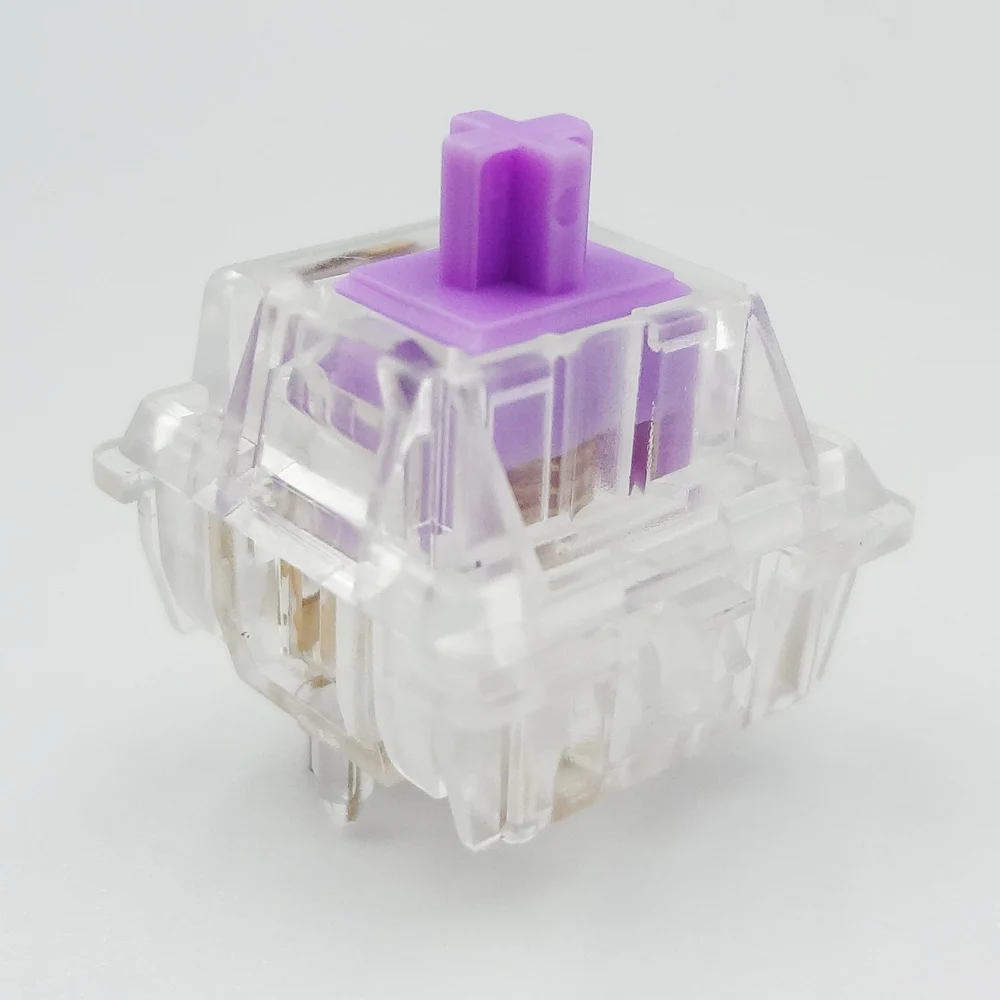
investigators Quantitative relation between hemodynamic changes during intravenous adenosine infusion and the magnitude of coronary hyperemia: implications for myocardial perfusion imaging. Mishra RK, Dorbala S, Logsetty G, Hassan A, Heinonen T, Schelbert HR, Di Carli MF, R. Factors associated with false-negative cardiovascular magnetic resonance perfusion studies: a clinical evaluation of magnetic resonance imaging in coronary artery disease (CE-MARC) substudy. Kidambi A, Sourbron S, Maredia N, Motwani M, Brown JM, Nixon J, Everett CC, Plein S, Greenwood JP. Diagnostic performance of noninvasive myocardial perfusion imaging using single-photon emission computed tomography, cardiac magnetic resonance, and positron emission tomography imaging for the detection of obstructive coronary artery disease: a meta-analysis. Jaarsma C, Leiner T, Bekkers SC, Crijns HJ, Wildberger JE, Nagel E, Nelemans PJ, Schalla S. Meta-analysis of the diagnostic performance of stress perfusion cardiovascular magnetic resonance for detection of coronary artery disease.

Hamon M, Fau G, Nee G, Ehtisham J, Morello R, Hamon M. Noninvasive assessment of myocardial perfusion. ΔT1 spleen holds promise to facilitate optimization of stress responses before gadolinium first-pass perfusion CMR.Īdenosine stress Cardiovascular magnetic resonance ShMOLLI Splenic T1 Switch-off. It enables prediction of the visual "splenic switch-off" sign without the need for gadolinium, and correlates well to changes in splenic signal intensity during stress/rest perfusion imaging. By ROC analysis, a ΔT1 spleen threshold of ≥ -30 ms during stress predicted the "splenic switch-off" sign (AUC 0.90, p < 0.0001) with sensitivity (90%), specificity (88%), accuracy (90%), PPV (98%), NPV (42%).Īdenosine stress and rest splenic T1-mapping is a novel method for assessing stress responses, independent of conventional hemodynamic parameters. While ΔT1 spleen correlated strongly with ΔSI spleen (rho = 0.70, p < 0.0001) neither indices showed significant correlations with conventional hemodynamic markers (rate pressure product) during stress. T1 spleen decreased significantly during adenosine stress (mean ΔT1 spleen ~ -40 ms), independent of field strength, age, gender, and cardiovascular diseases. T1 spleen values were obtained blinded to perfusion ΔSI spleen, both were derived using regions of interest carefully placed to avoid artefacts and partial-volume effects. This was compared with changes in peak splenic perfusion signal intensity (ΔSI spleen) and the "splenic switch-off" sign on conventional stress/rest gadolinium perfusion imaging. Native T1 spleen was assessed using heart-rate-independent ShMOLLI prototype sequence at rest and during adenosine stress (140 μg/kg/min, 4 min, IV) in 3 short-axis slices (basal, mid-ventricular, apical). Two-hundred and twelve subjects underwent adenosine stress CMR: 1.5 T (n = 104 75 patients, 29 healthy controls) 3 T (n = 108 86 patients, 22 healthy controls). Reduction in splenic blood volume during adenosine stress is expected to shorten native splenic T1, which may predict splenic switch-off without the need for gadolinium. The recently proposed marker of adequate stress, the "splenic switch-off" sign, detects splenic blood flow attenuation during stress perfusion (spleen appears dark), but can only be assessed after gadolinium first-pass, when it is too late to optimize the stress response. Perfusion cardiovascular magnetic resonance (CMR) performed with inadequate adenosine stress leads to false-negative results and suboptimal clinical management.


 0 kommentar(er)
0 kommentar(er)
